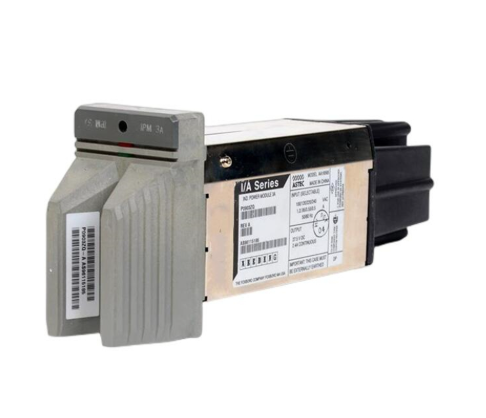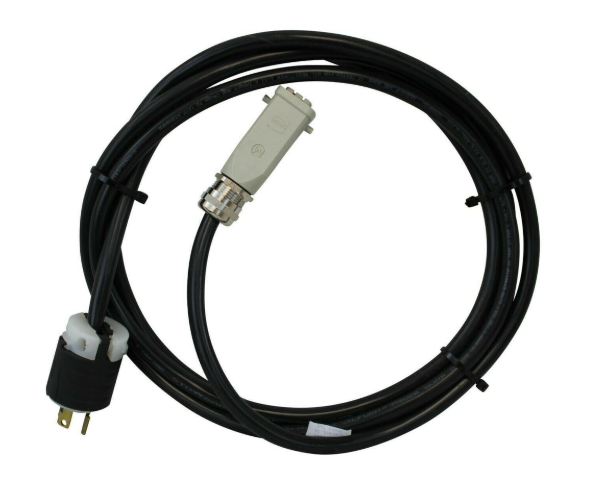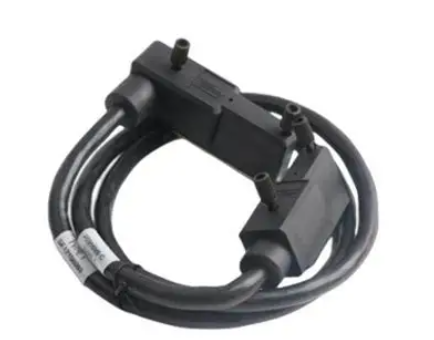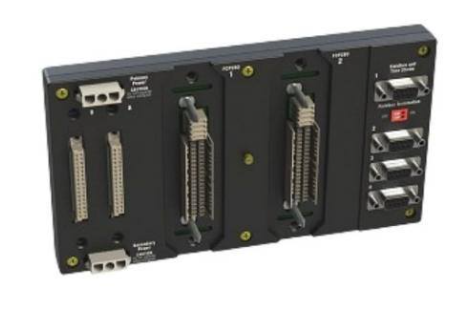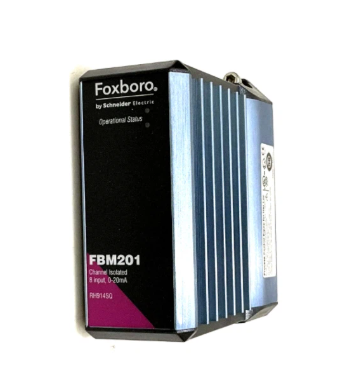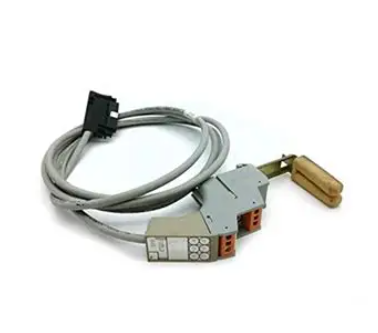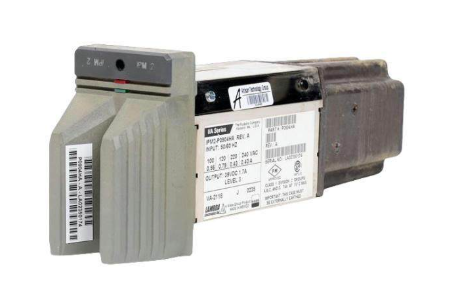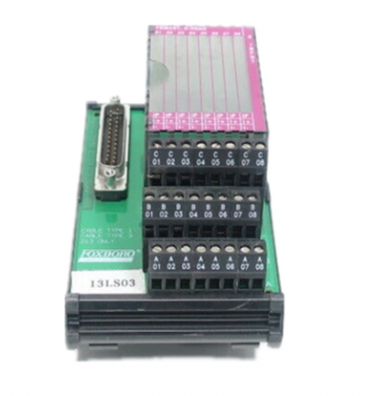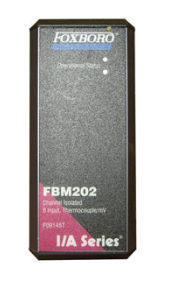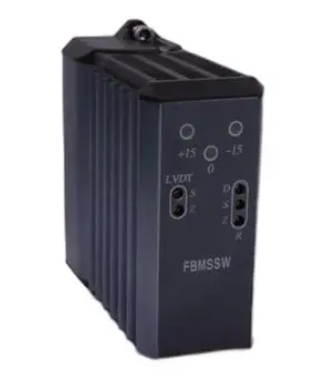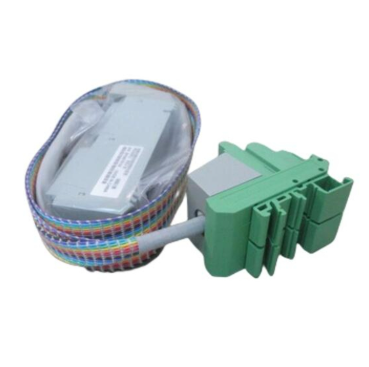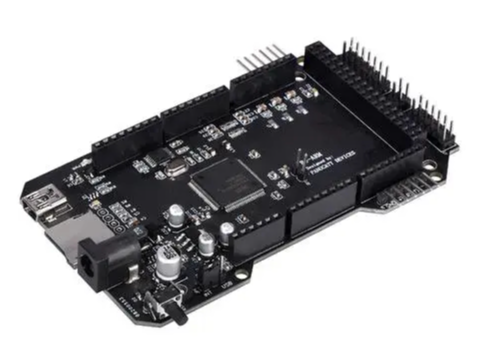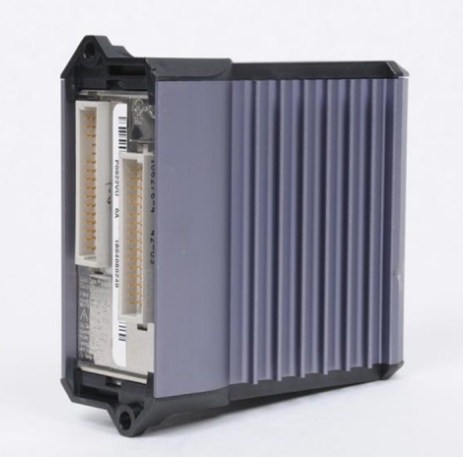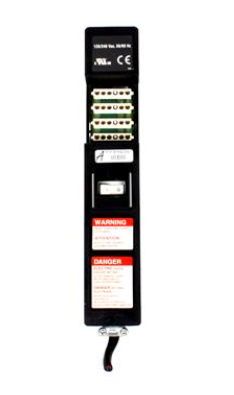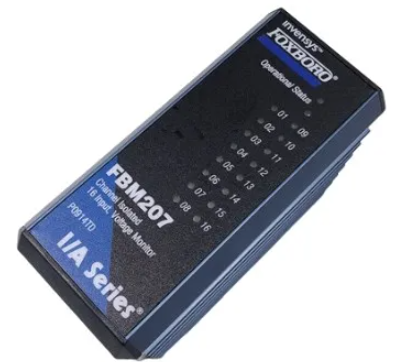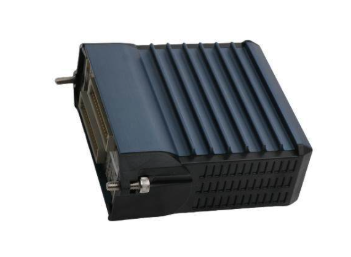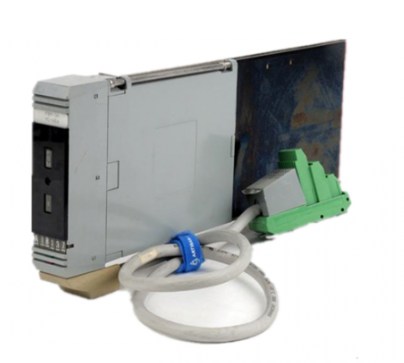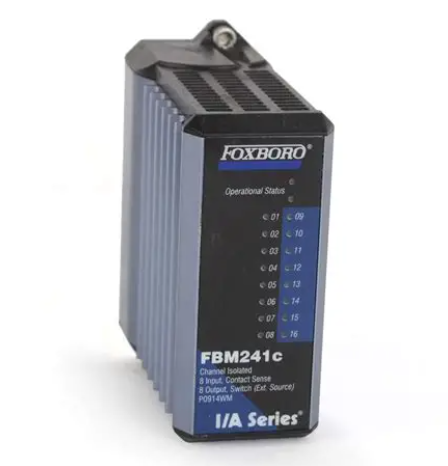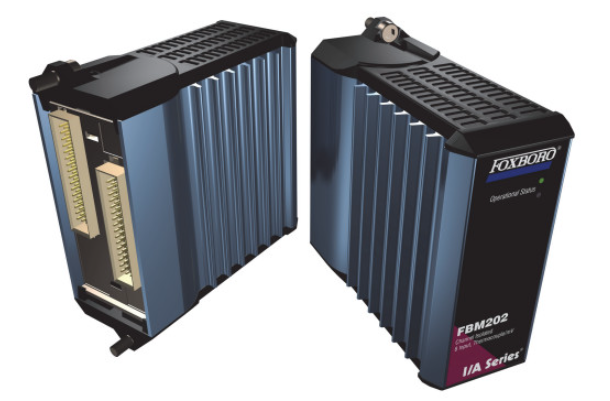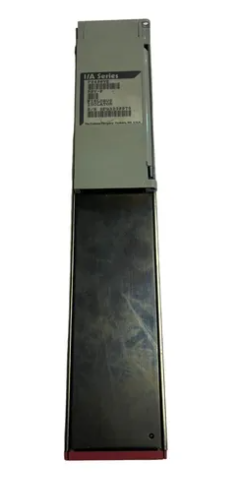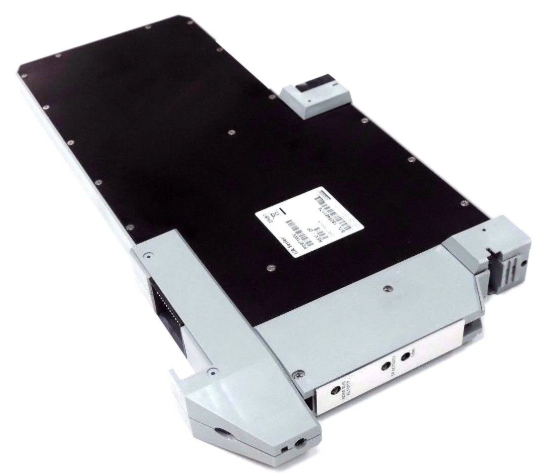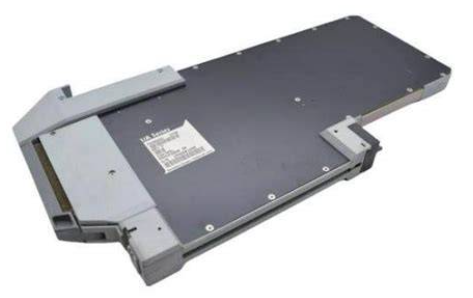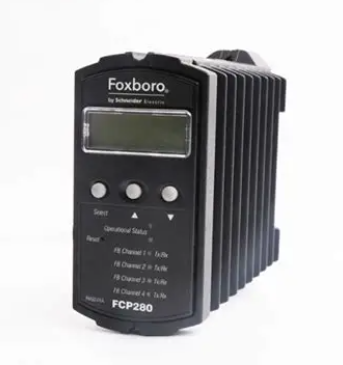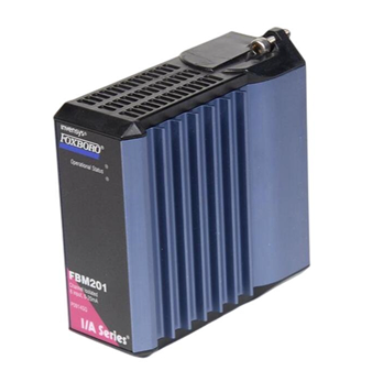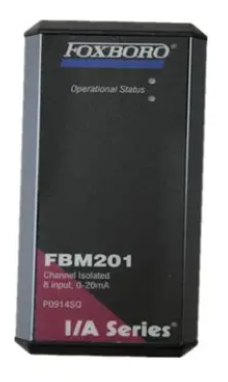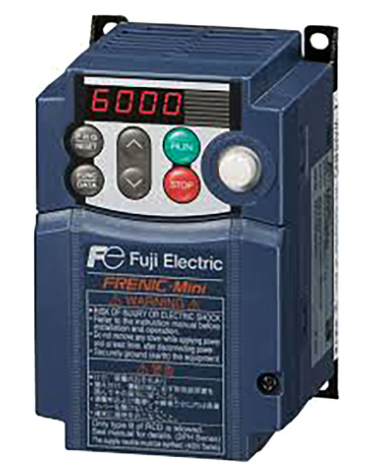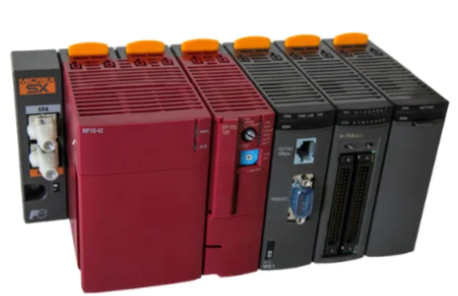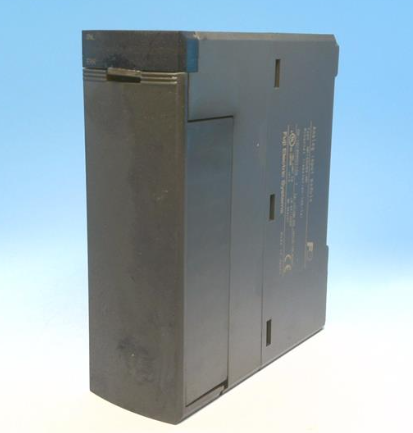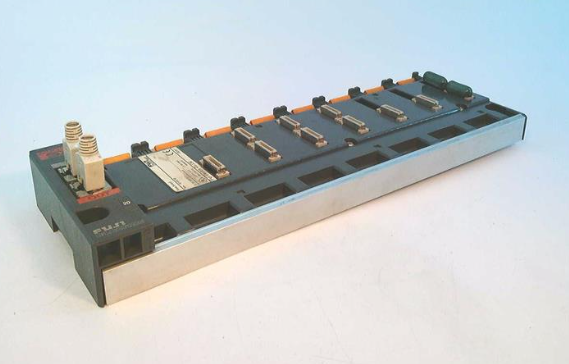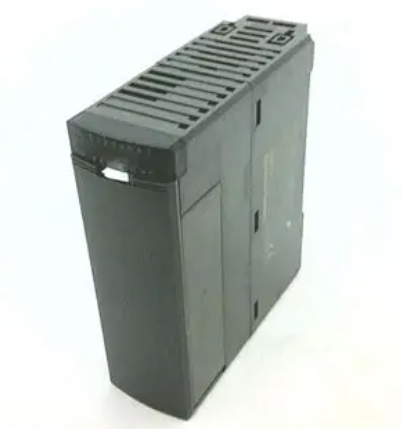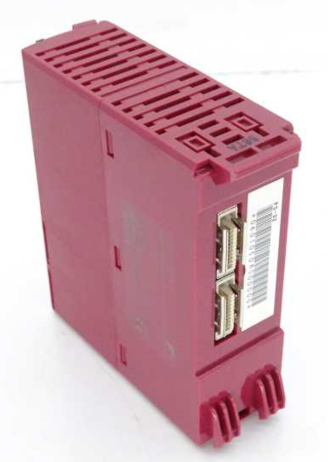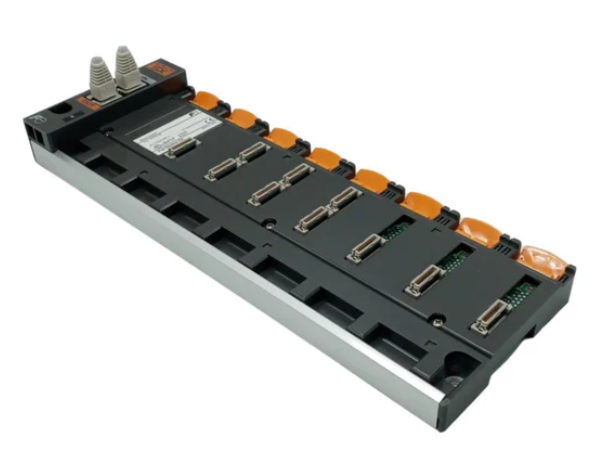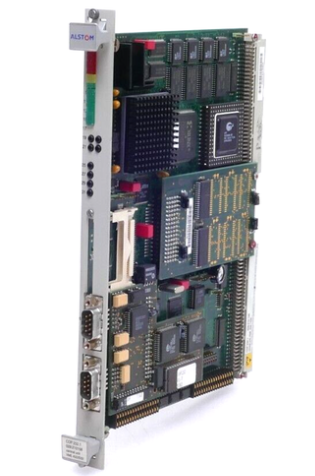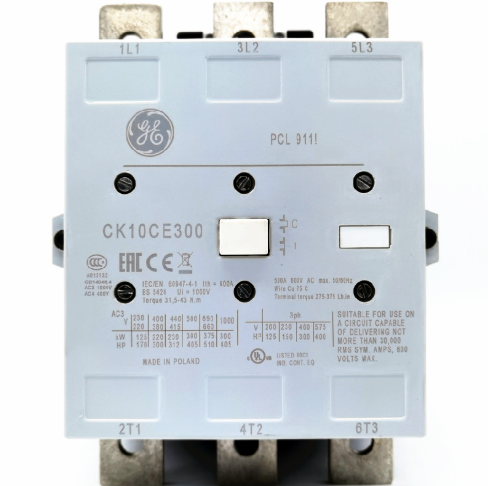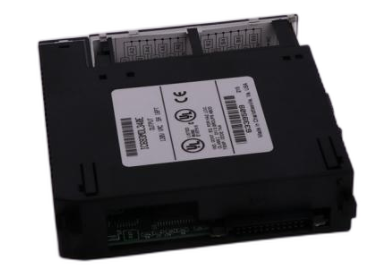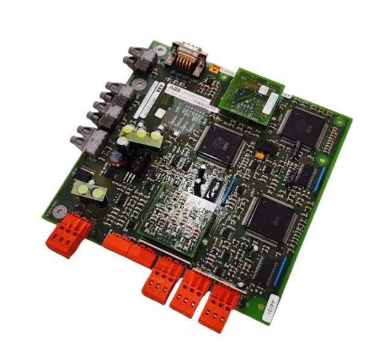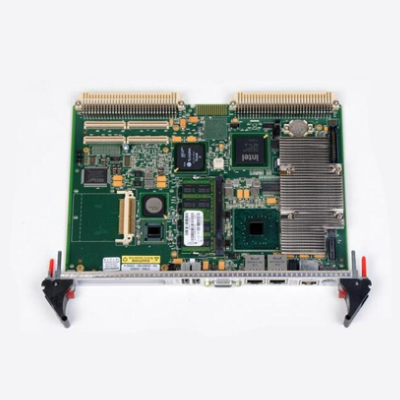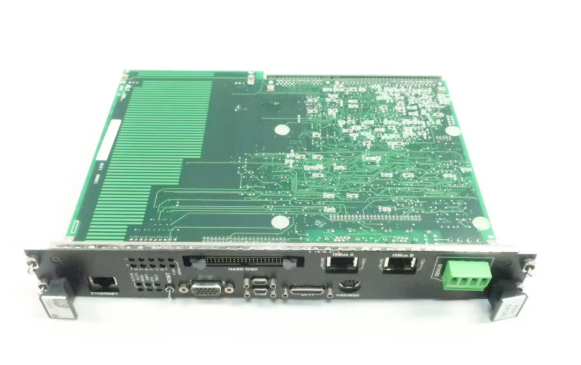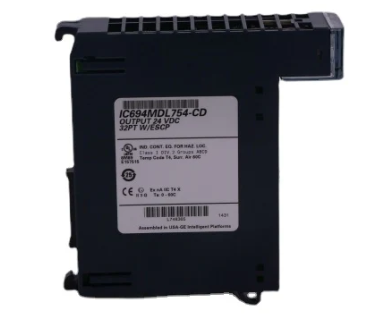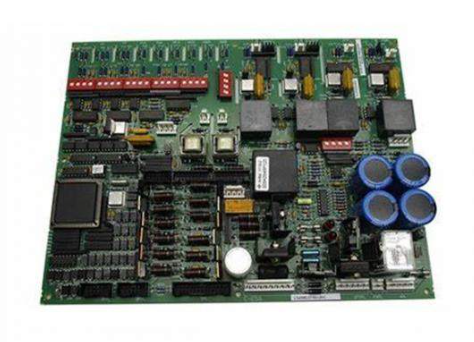Foxboro FBM224 Modbus ® communication module
Distributed I/O device control (controlling the output ports of remote I/O modules through Modbus commands);
Communication of hazardous area equipment (such as safety communication between sensors and systems in Zone 2 of the petrochemical industry).
2. Typical topology configuration
The module supports multiple Modbus network topologies and adapts to different on-site layout requirements. The core configuration is as follows:
(1) Redundant link configuration
Topology: Ports 1 and 2 are configured as redundant logical ports, while ports 3 and 4 are configured as redundant logical ports. They are respectively connected to dual port Modbus slave devices or to redundant links of single port devices through redundant cables;
Advantages: Avoiding data interruption caused by a single communication link failure, improving system reliability, and suitable for critical control circuits.
(2) Mixed interface configuration
Topology structure: Four ports are configured as different interfaces (such as one port for RS-232 connection to a modem, two ports for RS-422 direct connection to devices, and three&four ports for RS-485 multi-point bus connection to multiple instruments);
Advantages: Devices that can adapt to multiple communication interfaces simultaneously, without the need for additional interface converters, reducing system complexity.
(3) Remote distributed configuration
Topology structure: Multiple slave devices (such as flow meters and pressure sensors deployed along pipelines) are connected on a single bus through the 1200m long-distance transmission capability of RS-485 interface. The modules are deployed in the control room and the on-site devices are installed in a distributed manner;
Advantages: Reduce on-site wiring costs, simplify construction difficulties, and adapt to large-scale industrial scenarios.
Key selection and deployment considerations
1. Key selection points
Confirm the communication interface (RS-232/RS-422/RS-485) and Modbus mode (RTU mode required) of the device;
Determine whether the module capacity meets the requirements based on the number of devices (≤ 64) and data points (≤ 2000 DCI connections);
In hazardous environments, it is necessary to confirm the installation area level (Class I, Division 2 or Zone 2) to ensure that the module matches the certification of the TA;
When the communication distance exceeds 15m (RS-232) or requires multi-point connection, RS-485 interface is preferred.
2. Deployment precautions
Wiring specification: RS-422/RS-485 requires shielded twisted pair cables, and terminal resistors (configured through TA's DIP switch) should be enabled at both ends of the bus to avoid signal reflection; RS-232 wiring needs to match the device pin definition (adjusted through TA's DIP switch);
Power configuration: It is recommended to use redundant power supply in key scenarios to avoid module shutdown caused by power failure;
Electromagnetic interference protection: Modules and cables should be kept away from strong electromagnetic interference sources such as frequency converters and motors, and the shielding layer should be grounded at one end to reduce interference effects;
Software compatibility: Ensure that the control system software version meets the requirements (I/A Series v8.8+or Foxboro Evo v9.0+) to avoid incompatibility between configuration tools and the system.
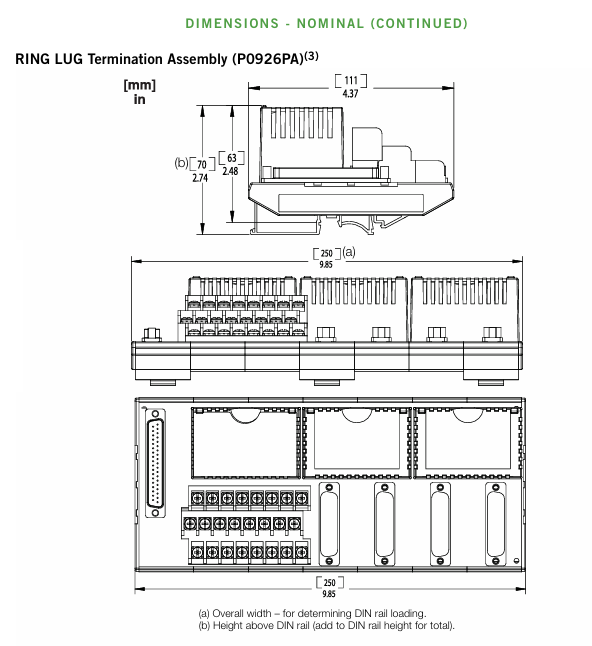
- EMERSON
- Honeywell
- CTI
- Rolls-Royce
- General Electric
- Woodward
- Yaskawa
- xYCOM
- Motorola
- Siemens
- Rockwell
- ABB
- B&R
- HIMA
- Construction site
- electricity
- Automobile market
- PLC
- DCS
- Motor drivers
- VSD
- Implications
- cement
- CO2
- CEM
- methane
- Artificial intelligence
- Titanic
- Solar energy
- Hydrogen fuel cell
- Hydrogen and fuel cells
- Hydrogen and oxygen fuel cells
- tyre
- Chemical fiber
- dynamo
- corpuscle
- Pulp and paper
- printing
- fossil
- FANUC
- Food and beverage
- Life science
- Sewage treatment
- Personal care
- electricity
- boats
- infrastructure
- Automobile industry
- metallurgy
- Nuclear power generation
- Geothermal power generation
- Water and wastewater
- Infrastructure construction
- Mine hazard
- steel
- papermaking
- Natural gas industry
- Infrastructure construction
- Power and energy
- Rubber and plastic
- Renewable energy
- pharmacy
- mining
- Plastic industry
- Schneider
- Kongsberg
- NI
- Wind energy
- International petroleum
- International new energy network
- gas
- WATLOW
- ProSoft
- SEW
- wind
- ADVANCED
- Reliance
- YOKOGAWA
- TRICONEX
- FOXBORO
- METSO
- MAN
- Advantest
- ADVANCED
- ALSTOM
- Control Wave
- AB
- AMAT
- STUDER
- KONGSBERG
- MOTOROLA
- DANAHER MOTION
- Bently
- Galil
- EATON
- MOLEX
- Triconex
- DEIF
- B&W
- ZYGO
- Aerotech
- DANFOSS
- KOLLMORGEN
- Beijer
- Endress+Hauser
- MOOG
- KB
- Moxa
- Rexroth
- YAMAHA
- Johnson
- Westinghouse
- WAGO
- TOSHIBA
- TEKTRONIX


Email:wang@kongjiangauto.com

